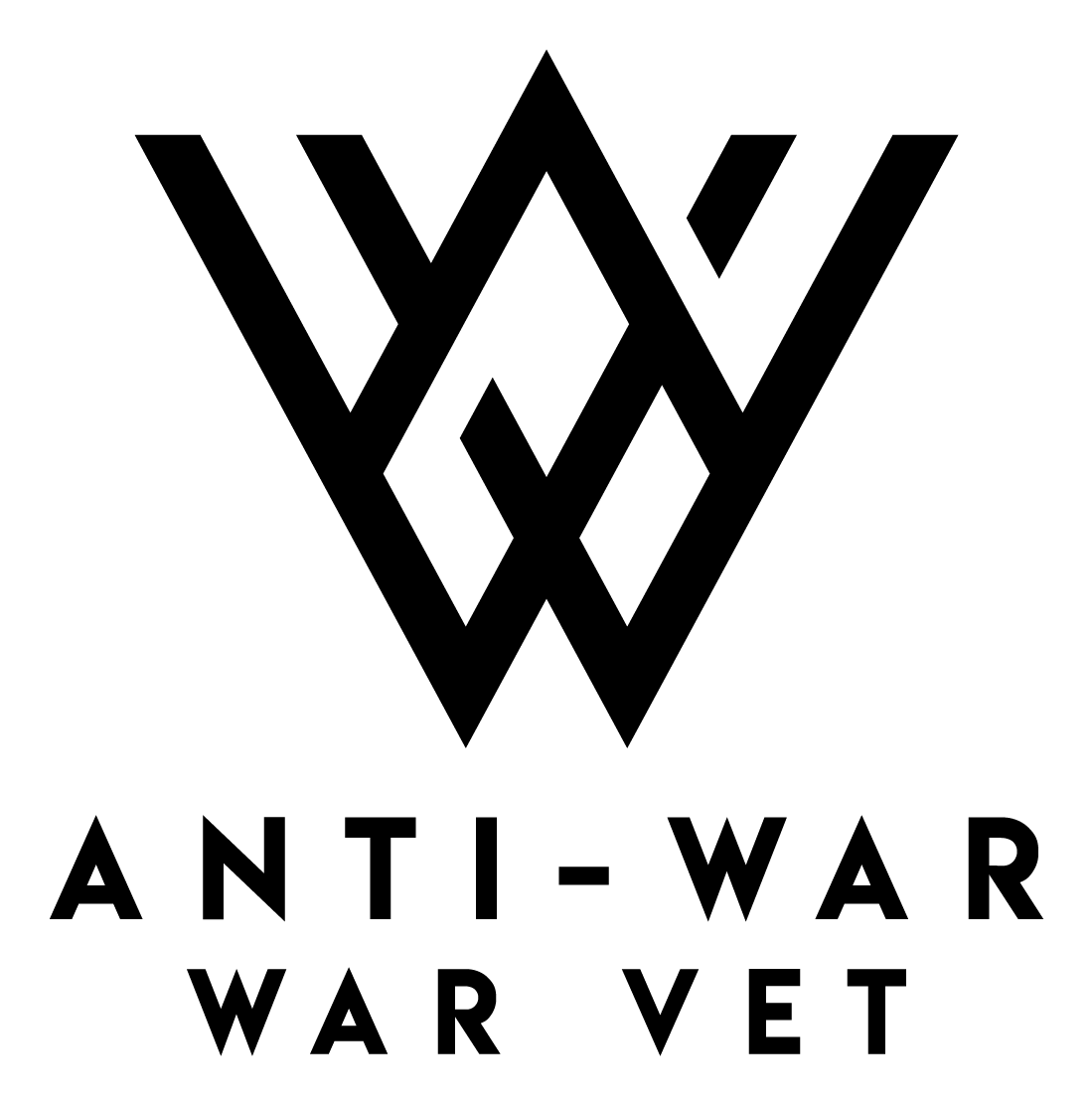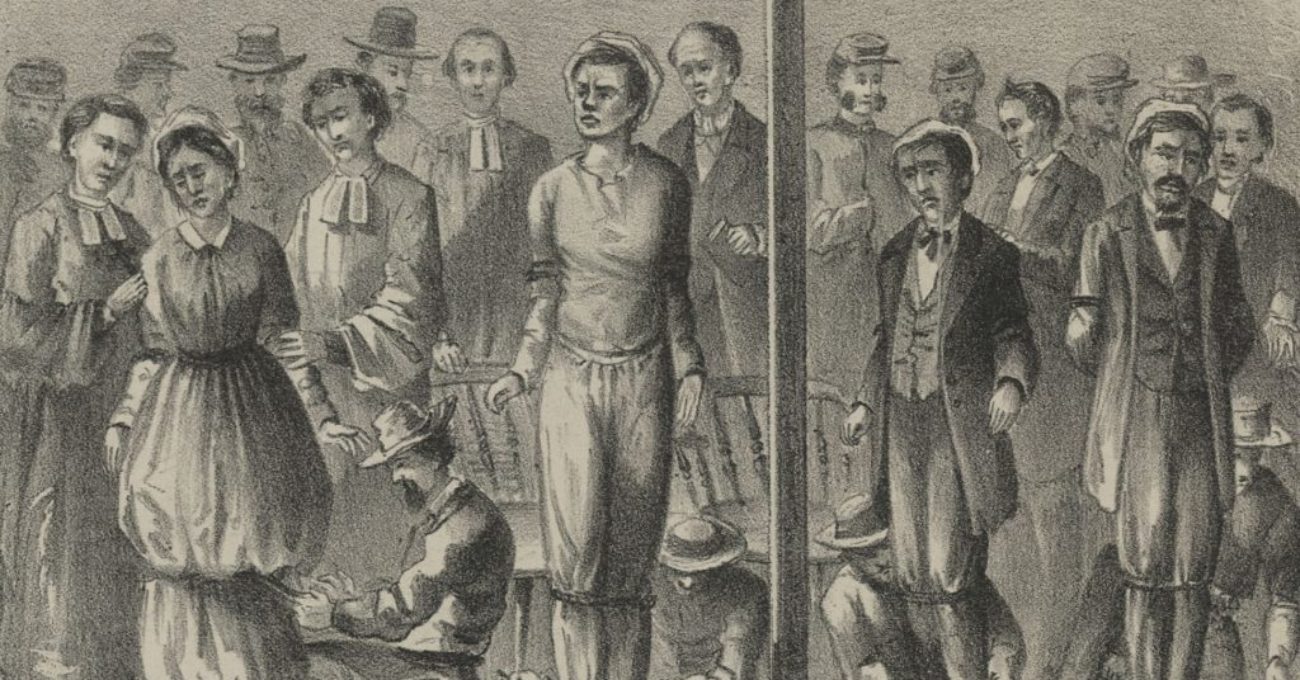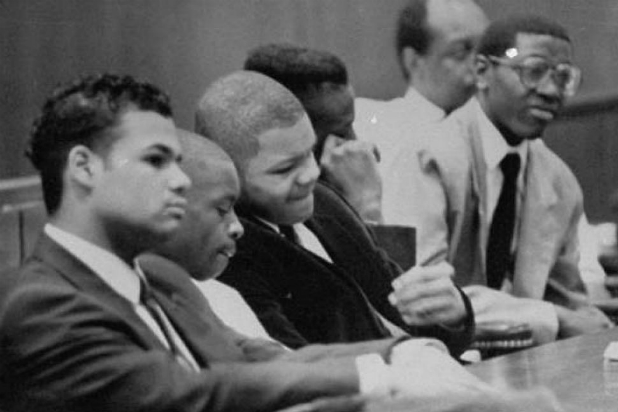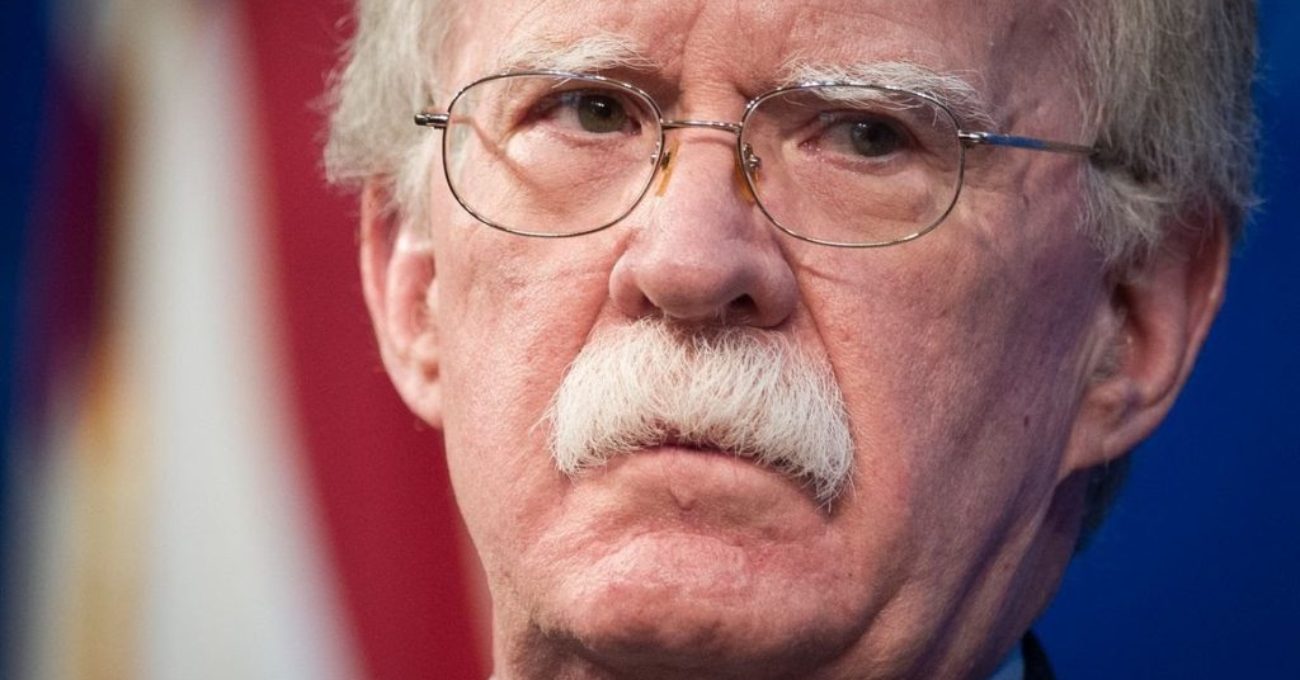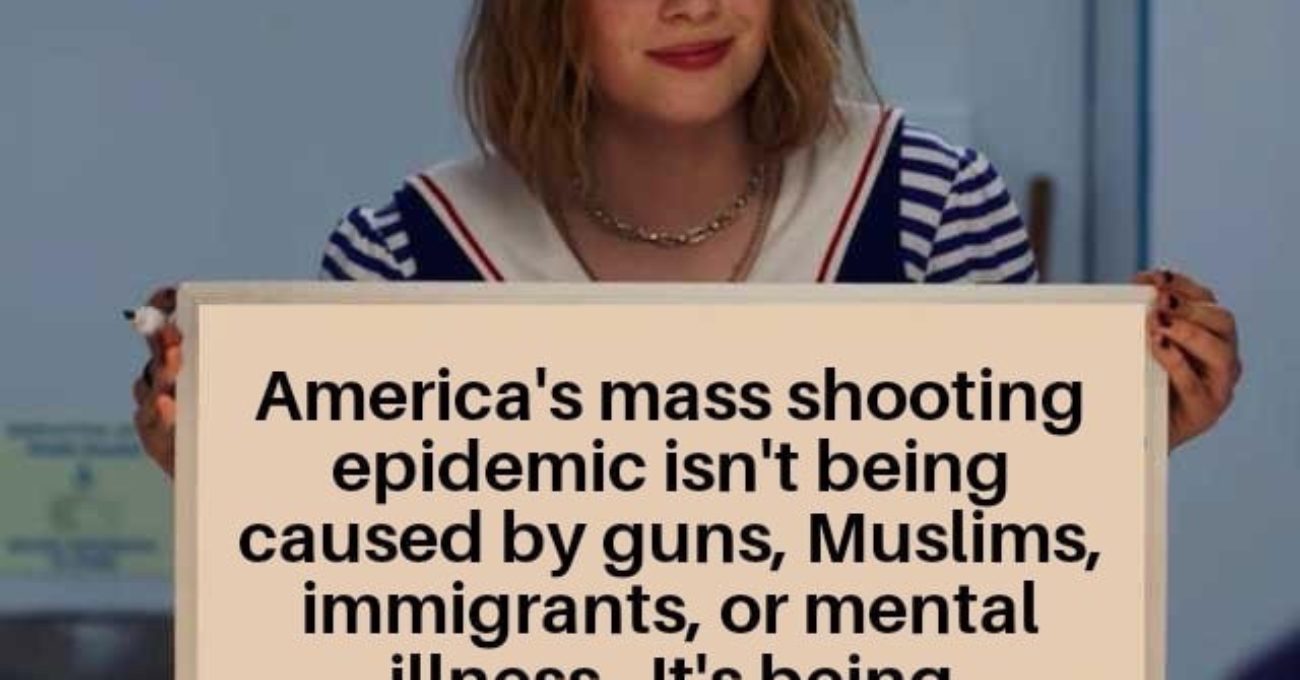Corona Crow is a Feast Fit for Kings
Sympathy and hope for “fear and loathing” in these uncertain days
If only the chemically constricted pupils of Hunter S. Thompson could see us now. I wonder if he’d look up from his gourmet-plated cocaine and through the smokescreen of cigarettes and imperceptible acid inputs to tell us to keep our fingers out of our mouths. At least then we’d have some comic relief served alongside this never-ending buffet of uninformed opinions, conspiracy mongers, and fear jockeys endlessly feeding us during the coronavirus outbreak.
With 2019-nCoV spreading globally, our newsfeeds serve as something like a cross-section of American’s gut reaction to the outbreak. Accounts range from paralytic fear to complete apathy, multinational-elite conspiracy to deep-state biological war against Donald Trump. American’s response to the coronavirus has been the accidental analog to the government purportedly representing them; clunky, devoid of nuance, unqualified and skeptical.
I’m not, by any means, a subject matter expert on dangerous pathogens or medicine. I am, however, a second-year emergency nurse who spent the six years before nursing working full-time on an ambulance. That experience has given me profound insight into how people react to stress, how people interface with medicine, and most of all, how staggeringly weak health literacy is among the general public. But it’s the social media age, with its cornerstone feature being an easy-to-use drop box imploring you to tell the world, “what’s on your mind?” It shouldn’t be any wonder we have a wellspring of meme-takes feigning a kernel of truth.
Are We There Yet?
A common thread among so many consuming the constant breaking news headlines seems to be akin to impatient kids eager for their porch light after a long road trip whining, “are we there yet?” Whether generally fatigued by the excitement of all of this, or completely skeptical of the “official narrative” streaming endlessly, it seems just about everyone is ready to get back to business as usual. As if media-alchemists that can turn any lowly molehill into mountains for our viewing pleasure are going to stop covering the first global coronavirus pandemic. Any overzealousness for a return to regularly scheduled monotony needs to take a breather (preferably through the elbow).
One of the major question marks still lurking over this situation is how transmissible the coronavirus is when infected people have no symptoms. This fact overlaid onto a globe made smaller than ever by travel and commerce is reason enough to pause. If people are unwittingly transmitting this virus, it will be even harder to contain. Even if that’s not the case, our recent nCoV is still projecting to infect millions in the US based on its documented behavior so far. Unlike a typical flu season, nCoV-19 isn’t going to take the warmer months off, meaning measures to suspend public gatherings like sports and Broadway, or state-wide school cancellations and work reprieves are not going to stop the spread of disease, but will put the brakes on a little. Slowing the spread and “flattening the curve” will soften the ultimate projections, per the CDC and independent researchers, but the world appears poised for long-suffering nonetheless. So, for those among you who can’t hit “share” fast enough when side-by-side comparisons of influenza (now at the tail end of its season) and the coronavirus (likely just beginning to gain global traction) show that flu afflicted more people and didn’t cause a stir, take solace in knowing you won’t be dining alone this evening.
In the meantime, scoffing at the only bull market left in Charmin and Quilted Northern is low-hanging fruit. My readers are above that, but their friends list certainly isn’t. If reports for Connecticut wintery-mixes leave grocers picked clean, “pandemic” seems at least worthy of extra toilet paper for the prudent. After all, with the kids stuck home eating tv-dinners through their gas masks, demand is surely to rise.
Corona Crow
I’m taking for granted there’s enough of a coronavirus common knowledge at this point that a review of “social distancing” and droplet precautions isn’t necessary. There are so many disheveled assertions, predictions, and Q-breathed theories built on that collective foundation, though, I’m seeing stars. Let’s review a nightmarish distillation of my newsfeed:
- “COVID-19 was done or is being used to crash the economy or impeach Trump.”
- “COVID-19 was done to force globalization protestors from the streets.”
- “COVID-19 was done to dramatically expand federal, state, and local powers to implement an endless totalitarian police state.”
- COVID-19 was made to drive depopulation while simultaneously furthering the plot to, “evolve the human race to interface with the Deep State’s advancing information technologies utilizing 5G and the Cloud, and the Silicon Valley’s most promising “PROMIS”-like software, for optimal permanent control over civilization.” Jeff Epstein and Bill Gates are bankrolling it.
- “COVID-19
was funded by Bill Gates with the express purpose of infecting the
population, thus making them reliant on a vaccine he’s already discovered.”
- See Event 201
The list, unfortunately, goes on.
I’ve come to think of conspiracy theorists like internet chihuahuas. They bark at everything, and on the off chance they’re right, it’s nice they were there to alerted us. But we’re so used to hearing them yelp incessantly at everything that moves, that anything genuinely noteworthy doesn’t get our attention. Conspiracies often grow from founding myths that aren’t falsifiable, like the existence of a global superrich cabal of string-pullers. When major narratives like coronavirus develop, they can be neatly fit into these elastic stories seamlessly, because the scaffolding doesn’t exist apart from them.
Whether it’s a hoax or not, downplaying the coronavirus potential is dangerous. Much like the hopelessness that drove Thompson to snort and slosh is way through life, there’s an underlying uniformity emerging in the response to COVID-19: you’re being swindled. From the web chihuahuas to the upper crust eye-rollers, so many among us aren’t buying what they perceive is being sold. In the age of the internet, with truth like an elusive object that must be unearthed at the end of a harrowing epic, information consumers have self-segregated towards their own personally tailored outrage caves for treasure. Just as in fantasy, dragons are always just around the corner, and worse than the town crier could have imagined. Every meme can be the crumb that leads you along the path to ambush, or to the preferred oasis. The fearful and the loathing – an inadvertent group of fellow travelers – will be forced to eat “corona crow” by the time this contagion plays itself out.
In Defense of Fear and Loathing
I’ve found myself surprisingly sympathetic to the broad spectrum of internet responses, regardless. I can understand the fear for yourself or your loved ones – young and old – that drives irrational stockpiling and white-knuckled commutes. An unknown pathogen sweeping the globe is a terrifying prospect, even if the survival rate is high. That fear should be balanced by the same inclinations that drive our loveable Q folks, though. The government knows to, “never let a serious crisis go to waste.” Public fear is political capital.
Since the outbreak we’ve seen federal bureaucracy has been a significant hurdle to responding appropriately. When they’re not outright fumbling over themselves and do manage to get their governing tool kits open, it turns out it’s as sparsely populated as national medical supply reserves. Outside of dramatic stimulus spending, inane partisan policy victories, and draconian-infused state of emergency declarations, the feds are left to rely on individuals to make rational choices.
Of those loathing, I’m all ears. Consider me thoroughly unconvinced that a contagion of known-origin was manufactured and deployed by government spooks, though. Pandemics aren’t unprecedented, and neither are unfounded conspiracy theories regarding them. Any skepticism towards government is better than none; but walking the edge of Occam’s Razor is almost always the better course. A cynical, poorly managed, underqualified and overfunded bureaucracy trying to be “creative” and capitalize on public panic is much scarier than that same bureaucracy secretly carrying out intricate orders from despotic pedophiles. Both will fail, but one boot thinks its benevolent. Those are the villains I’m worried about.
Importantly, sweeping disregard of critical voices isn’t the right response either. The “state-loathing” crowd has a substantial argument on offer. First, the media landscape has learned a lot about keeping an audience captive since the Trump era began, turning panic and outrage into profits. From fallacious cycles like Russiagate to the Iraq War fear-blitz of old, training a critical eye for headlines is wise. That, coupled with the incestuous nature of intelligence nomenklatura like John Brennan – who lied to Congress and the press during his tenure but still enjoys his freedom making TV appearances with Rachel Maddow – makes news consumers rightfully skittish. Compounding that is a fact the US government has made crystal clear: there is no bridge too far when the chips are down. From Operations Northwoods and Mockingbird, back to Iraq, to the torching of Waco, NSA’s domestic surveillance program, or the poisoning of prohibition-era alcohol, the government has shown an expectation for individuals and their rights to die on the altar of institutional wisdom.
Take A Day Off
With the coronavirus making its way around the world like the memes that doubt it, just take a day off; from work, from worrying about infection, and from media. This virus is likely going to be a new paradigm for our lives for the foreseeable future. During that time away, we can reflect on the success and failures of media, on government abuses of power, on our own sacred cows and what they yield, and how rational actors can starve the state of vital nutrients. Beyond prudent preventative measures, there’s not much more you will do to change what’s to come of COVID-19. With such a sudden shock to our lives, to our personal security, and to the structural safeguards we believe in, there is fertile ground ahead. We can choose to sew radical new seeds for change, or we can stay the course, hoping there’s enough crow to go around.
